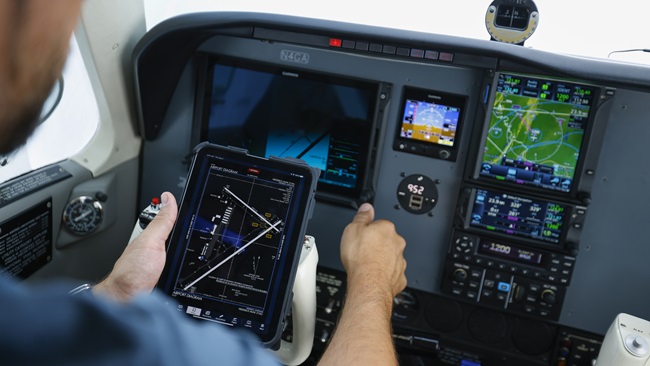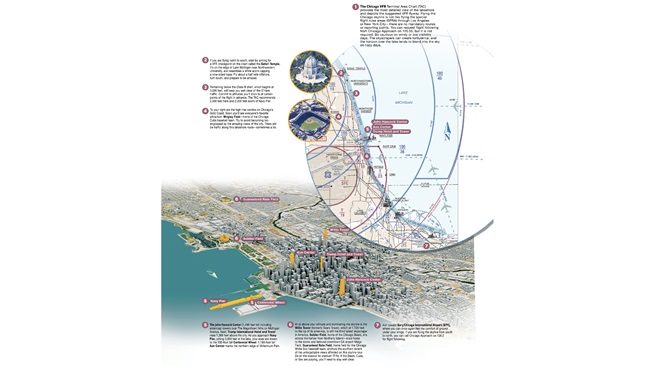Aircraft operators could make better decisions on investing in future technologies if the FAA provided more data on its implementation of the NextGen satellite-navigation system, said a new program review by the Government Accountability Office.
Operational improvements gained from establishing performance based navigation (PBN) procedures at key airports have so far been limited by “trade-offs” in the decisions made about the sites and scope of the improvements. That, and a lack of integration of operational improvements, suggests a need for the FAA to improve its processes for selecting new PBN procedures, the GAO said in its April report.
NextGen is eventually expected to replace the ground-based air traffic control system at an $18 billion price tag through 2018 for “midterm” programs that were examined by the GAO at Congress’s request.
AOPA provided feedback for the report. The GAO’s critique of the FAA for offering limited information on its programs’ progress reflected the association’s position that any requirement to migrate to new technology should be benefits driven.
“Delivering midterm benefits could build support for future industry investments, but a task force identified obstacles, such as FAA’s lengthy approval processes,” said the GAO, summarizing its conclusions. The report also cited uncertainty about the FAA’s leadership of NextGen as a factor discouraging early industry participation.
The GAO credited the FAA for efforts to overcome “overarching obstacles to NextGen implementation” that include long-established processes, and difficult tasks such as updating the air traffic controller handbook and the design criteria for PBN procedures. GAO cautioned, however, that results of those efforts would take “a number of years” to prove effective.
“FAA and others have identified the process for developing PBN and other new flight procedures as a challenge,” the report said, pointing to one of the FAA’s own reports describing existing processes “as a bundle of interconnected, overlapping, and sometimes competing processes.”
As for evaluating PBN’s effectiveness, the report noted that the FAA does not have a systematic method for tracking use of existing PBN procedures. “As a result, FAA is unable to assure that investment in these routes is worthwhile or that they justify the cost to develop and maintain them.”
Without that information, “airlines and other stakeholders remain unconvinced that the investments needed for the full implementation of NextGen will be justified.”
Although GAO said the FAA was constrained by concentrating midterm efforts “at key airports and metropolitan areas,” it noted a bright spot: the Optimization of Airspace and Procedures in the Metroplex (OAPM) initiative, in which AOPA has played a role. OAPM studies ways to implement PBN in metroplex areas, taking into consideration any need for airspace reconfiguration.
“If OAPM proceeds as planned, FAA expects to begin to demonstrate benefits at the eight sites that are currently active by the end of 2015,” GAO said.
The April report follows the release in 2012 of a GAO analysis of selected “baseline” NextGen programs. That report focused broadly on cost and scheduling issues.
Following the release of both the 2012 and 2013 reports, the Department of Transportation declined to respond to recommendations for management action, but provided “technical” comments.



